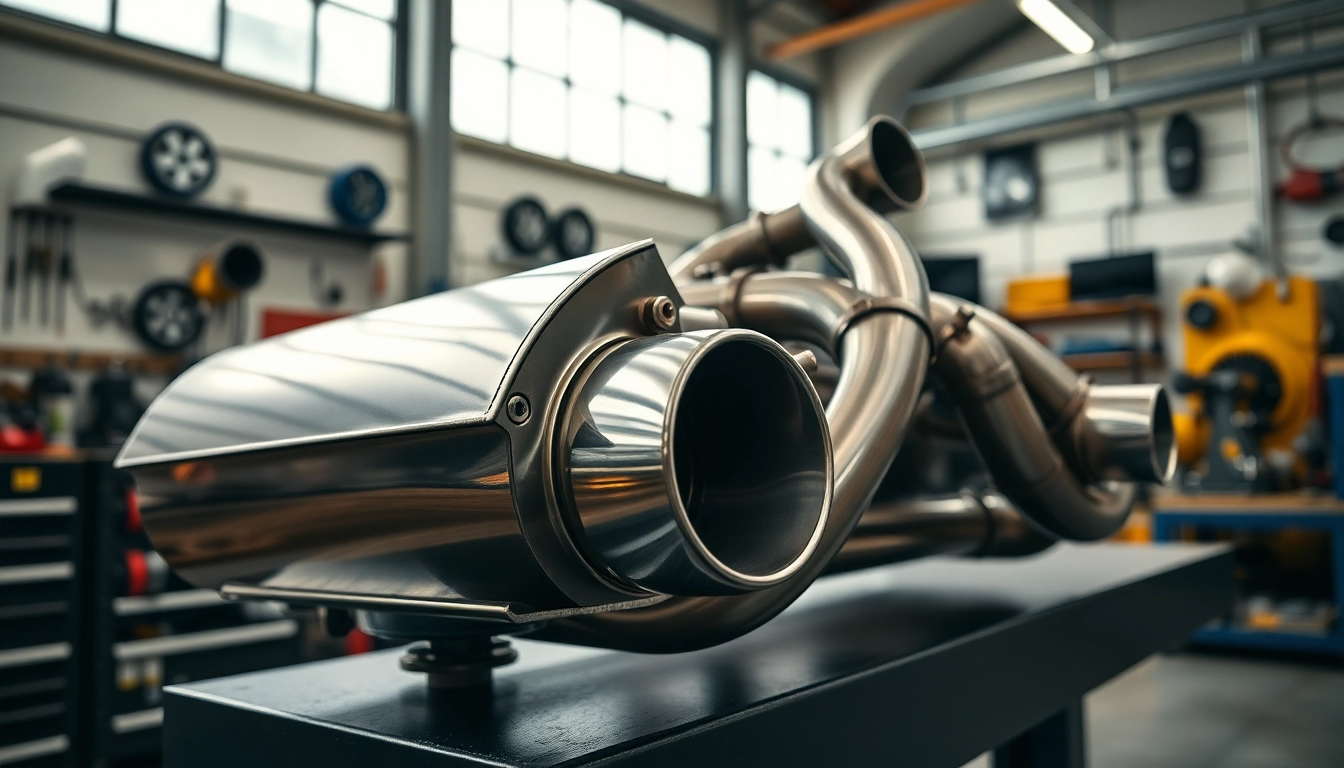Understanding Part Exchange
What is Part Exchange?
Part exchange is a transaction method where an individual trades in an existing item, often a vehicle, as part of the payment for a new one. This arrangement is commonly used in various markets, particularly in automotive sales and real estate. In simple terms, rather than paying for a new object entirely with money, a consumer offers their old item as a form of partial payment. For instance, if you’re purchasing a new car, you might exchange your old car to reduce the overall price you need to pay. This approach simplifies the buying process, allowing consumers to avoid the hassle of selling their old items separately.
Benefits of Part Exchange
The part exchange process offers several benefits that can be particularly appealing to consumers:
- Simplicity: Part exchange can streamline the process of purchasing a new item by allowing you to handle both transactions simultaneously at a dealership or other buying venue.
- Cost Reduction: The value of the traded-in item can significantly lower the amount you need to pay upfront for your new purchase, making it more affordable.
- Convenience: You save time and effort by not having to find a buyer for your old item. The dealership typically handles the appraisal and sale of your trade-in.
- Potentially Better Value: Dealerships may offer competitive trade-in values that can surpass what you might receive through a private sale.
Common Misconceptions
Despite its advantages, there are several misconceptions surrounding the part exchange process:
- Lower Value: Many believe that their items will be undervalued in a trade-in process. While dealerships need to make a profit, many also strive to provide fair valuations.
- Time-Consuming: The perception that part exchange takes longer than selling a vehicle privately can deter buyers. In reality, it often allows for a quicker transaction overall.
- Only For Vehicles: While commonly associated with cars, part exchange is available in various sectors, including real estate, electronics, and other valuable items.
How Does the Part Exchange Process Work?
Step-by-Step Guide to Part Exchange
Understanding the part exchange process is essential for anyone considering this route. Here’s a detailed step-by-step guide:
- Research: Start by researching the current market value of your item. Tools such as online valuation calculators can provide insight into what your item is worth.
- Contact Dealerships: Reach out to potential dealerships or vendors that offer part exchange services. Verify their policies and procedures regarding trade-ins.
- Appraisal: Bring your item to the dealership for a professional appraisal. They will evaluate its condition, mileage (for vehicles), and current market demand.
- Negotiate: Based on the appraisal, negotiate a deal that includes your trade-in value in the overall purchase agreement for the new item.
- Complete the Transaction: Once an agreement is reached, finalize the paperwork, and make the payment for the difference, if necessary. You leave with your new item and have effectively traded in the old.
Evaluating Your Car’s Value
Determining the value of your car before engaging in a part exchange is critical. Here are some approaches:
- Online Valuation Tools: Websites like Kelley Blue Book and Edmunds allow you to input details about your vehicle to get valuation estimates.
- Comparable Sales: Look at similar vehicles listed for sale in your area to gauge a reasonable selling price.
- Professional Appraisal: Consider hiring a professional appraiser if you have a unique or high-value vehicle.
Negotiating the Deal
Negotiation is a pivotal part of any part exchange agreement. Here are tips to get the best deal:
- Be Prepared: Go into negotiations with the data you’ve collected on your car’s value and be ready to justify your asking price.
- Stay Calm: Maintain a calm demeanor. Negotiations can become heated, but remaining level-headed can yield better results.
- Consider Offers: Be open to offers from the dealership and gauge whether they align with your expectations based on your research.
Pros and Cons of Choosing Part Exchange
Advantages of Part Exchange
Part exchange can be a beneficial route for many consumers. Here are the key advantages:
- Efficiency: It saves time by combining the selling and buying processes into one.
- Reduced Stress: Trade-ins eliminate the stress involved in negotiating with private buyers, showing your vehicle, and dealing with tire kickers.
- Instant Payment: The value of your old item is immediately reflected in the cost of your new purchase.
Disadvantages to Consider
Nevertheless, part exchange isn’t without its drawbacks. Here are some disadvantages to consider:
- Potentially Lower Value: You may receive less for your item compared to a private sale, particularly if the dealership is focused on profit margins.
- Limited Choices: You might be restricted to dealing with specific dealerships that may not carry the exact make or model you want.
- Valuation Variability: Dealerships may assess the condition and value of your item differently than private buyers.
Comparison with Private Selling
When deciding between part exchange and selling your item privately, consider the following:
- Time Investment: Selling privately takes considerably longer, requiring additional efforts in marketing, showing the item, and negotiating.
- Financial Outcome: Private sales often yield higher monetary returns, but factor in the costs of promotion and the time spent on the process.
- Effort and Convenience: Part exchange is undoubtedly more convenient, while private selling requires significant effort and may lead to unpredictable outcomes.
Best Practices for a Smooth Part Exchange
Preparing Your Car for Trade-In
Preparation is critical when getting your car ready for trade-in. Here are ways to ensure it’s appealing:
- Clean Thoroughly: A clean vehicle—inside and out—creates a good first impression and can positively affect the appraisal.
- Fix Minor Issues: Address small repairs, like replacing burnt-out bulbs or repairing scratches, to boost your car’s perceived value.
- Service Records: Provide maintenance records to demonstrate care and regular servicing, which can enhance buyer confidence.
Gathering Necessary Documentation
Having the right documentation ready can facilitate a smoother process:
- Title and Registration: Ensure you have the car title and current registration documents ready for the dealership.
- Service History: Compile records of all maintenance and repairs, which can help justify your vehicle’s value during the appraisal.
- Identification: Bring identification and proof of address to finalize the transaction efficiently.
Choosing the Right Dealership
Not all dealerships are created equal; selecting the right one can make a considerable difference:
- Reputation: Choose a dealership with a good reputation for fair dealings and customer service. Check online reviews and ratings.
- Trade-In Values: Research dealerships known for offering competitive trade-in values and a transparent appraisal process.
- Inventory and Options: Ensure that the dealership has the kind of vehicles you’re interested in so you can make the most of your trade-in.
Final Thoughts on Part Exchange
Is Part Exchange Right for You?
Whether part exchange is right for you depends largely on your personal circumstances and preferences. For those who prioritize convenience and an efficient transition between vehicles, part exchange presents an excellent solution. However, those willing to invest time and effort into a private sale may find a better financial outcome through that route.
Future Trends in Part Exchange
As technology continues to shape buying habits, part exchange methods are likely to evolve. Online car valuation tools and digital trade-in platforms are becoming more prevalent, streamlining the process and providing buyers with at-a-glance comparisons. The rise of electric and hybrid vehicles may also alter how trade values are calculated, as consumer demand shifts over time.
Resources for Further Research
For anyone considering part exchange, ample resources are available. Websites such as Part Exchange platforms help facilitate comparisons and valuation assessments. Additionally, forums and automotive blogs offer insights from other consumers who have gone through the process.



